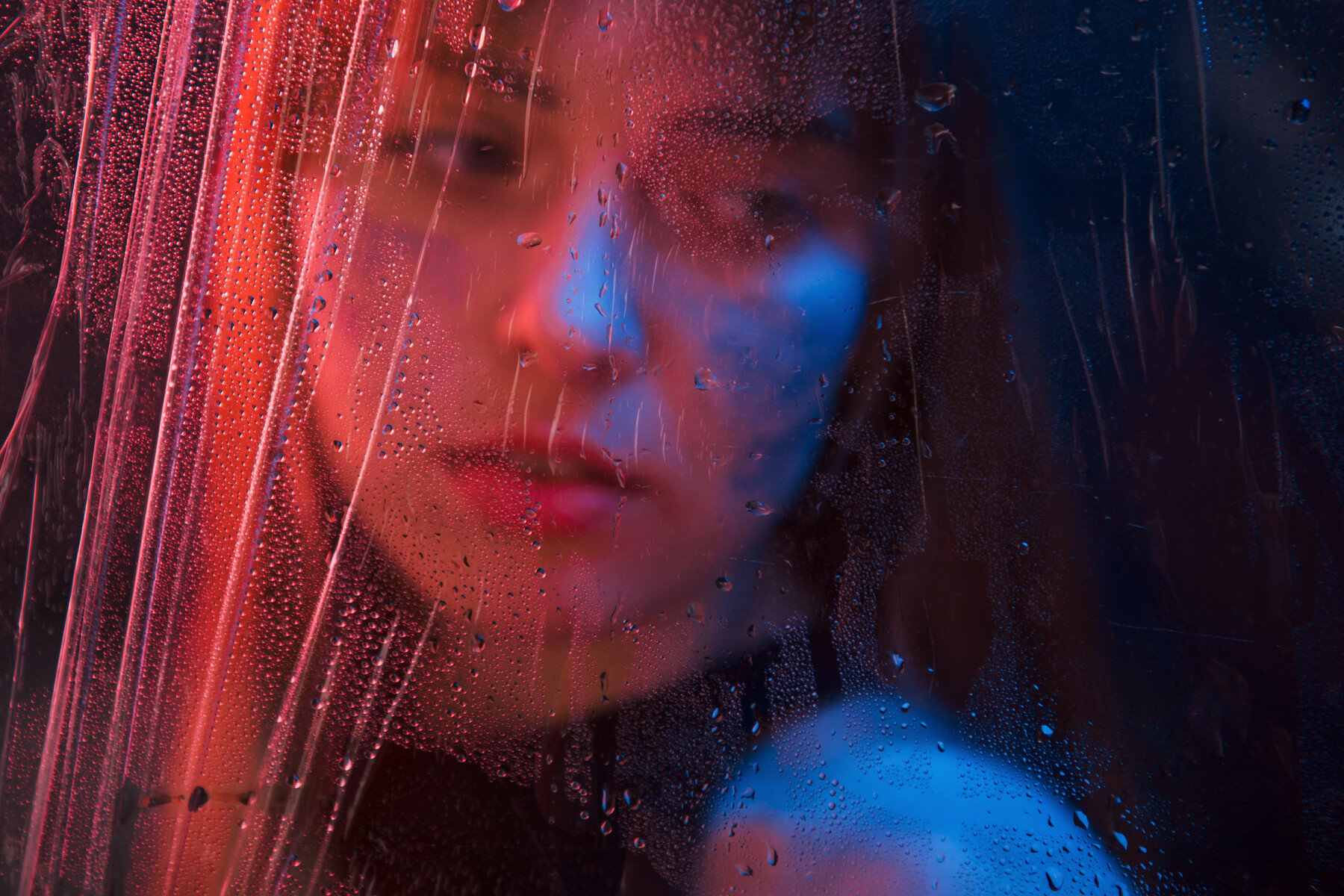
Get Video Editing Tips, Tricks, and Guides Straight to Your Inbox
Dark
Light
Colour in film transcends mere aesthetics. It wields the power to evoke deep emotions, it sets the narrative's tone, and can enrich storytelling. It can profoundly sway emotions, craft atmospheres, and underscore themes, serving as a silent narrator that guides the audience through the emotional landscape of a narrative.
As we delve into the psychology of colour, we uncover how different hues can influence perception, evoke specific feelings, and even alter audience reactions. From the passionate reds that can both symbolise love and foretell danger to the tranquil blues that soothe the soul or evoke a sense of melancholy, each colour carries its own emotional weight and narrative significance.
This blog explores the psychology of colour, exploring various colour schemes and their emotional impacts and offering practical advice on wielding this vibrant tool through Lightworks.
Colour schemes in film and TV are not just about aesthetics; they are a crucial part of the storytelling process, capable of evoking specific emotions and setting the tone for the viewer's experience.
Let's explore various colour schemes and understand their impact on a film's emotional resonance.
A monochromatic colour scheme employs shades, tints, and tones of a single colour, creating a visually cohesive and harmonious look. This simplicity can be incredibly powerful, often focusing the viewer's attention on the emotional depth of the scene.
This technique can also be particularly effective in scenes designed to challenge or blur the boundaries between various states of perception, thereby enriching the storytelling with deeper layers of meaning.
Complementary colour schemes involve colours that are opposite each other on the colour wheel, such as red and green or blue and orange. This scheme is known for its high contrast and visual vibrancy, which can create a sense of energy and dynamism.
Complementary schemes can highlight tension and conflict or accentuate the dichotomy between characters or themes visually. The stark contrast can also enhance the visual appeal of action sequences, making them more vivid and memorable.
These schemes are composed of colours that are next to each other on the colour wheel, such as blues and greens or reds and oranges. Analogous colour schemes offer a softer contrast than complementary schemes, resulting in a more harmonious and soothing visual experience.
Films employing analogous schemes can effectively convey a sense of unity and continuity, seamlessly blending the visual elements of a scene.
A triadic colour scheme involves three evenly spaced colours on the colour wheel, such as red, yellow, and blue. This vibrant yet balanced scheme offers rich visual diversity without overwhelming the viewer.
Triadic schemes are versatile and suitable for scenes that aim to evoke excitement, optimism, or a playful tone. They can be particularly effective in animated films, comedies, or any genre that benefits from a lively and engaging visual style.
Understanding and implementing these colour schemes requires a thoughtful consideration of the narrative's emotional arc and the specific moods you wish to evoke. By carefully choosing the right scheme for your story, you can enhance the visual storytelling and deepen the viewer's emotional engagement with the film.
Lightworks provides filmmakers with the tools necessary to apply these colour schemes effectively, allowing for precise colour grading and adjustments that bring your emotional palette to life.
Selecting a colour scheme is a critical step in pre-production, deeply influencing the viewer's perception and emotional response to the narrative. It's an artistic decision that should align with the film's tone, setting, genre, and emotional journey.
A well-chosen colour scheme enhances a film's visual appeal and contributes to storytelling, character development, and thematic depth.
Before delving into colour schemes, it's crucial to have a clear understanding of your film's core elements:
The setting of your film can also dictate your colour scheme choice. A natural story might lean towards greens and earth tones, promoting a sense of peace or, conversely, wilderness and survival. For sci-fi or futuristic settings, a palette of blues, purples, and metallics can create a sense of the alien or technologically advanced.
Your film's emotional trajectory—its highs and lows, its climactic moments of joy or despair—should be mirrored in the evolving colour scheme. The transition from cold to warm tones or desaturated to saturated colours can visually narrate the characters' emotional growth and the resolution of their journeys.
Mastering the use of colour in film is akin to a painter controlling their brush with deliberate strokes, each hue selected with intent and purpose. This exploration into the emotional potency of colour schemes underscores their significance in storytelling, offering filmmakers a potent tool to evoke specific feelings and deepen the audience's engagement.
As you venture forth, armed with the knowledge of colour psychology and the practical skills to implement it via Lightworks, remember that every colour choice paints a stroke in the canvas of your audience's emotions, transforming your cinematic visions into immersive emotional experiences.
For deeper dives into editing techniques and Lightworks tutorials, visit Lightworks Resources. Enhance your skills, discover community insights, and bring your creative visions to life.
Transform your video editing journey with Lightworks. Whether crafting a short film, a documentary, or a personal vlog, Lightworks gives you the tools to tell your story your way. Download now and embark on your path to becoming a master storyteller.
In our commitment to transparency and ethical practice, we wish to disclose that artificial intelligence (AI) played a role in crafting this piece. However, it remains primarily a human endeavour, with the core content written, edited, and meticulously proofread by our team.
AI was primarily used to workshop drafts and research topics and ensure a consistent writing style. Importantly, our use of AI is designed to complement, not replace, our team's efforts. It allows us to use our resources efficiently, enhancing our work without compromising or diminishing the value of human skill and creativity.